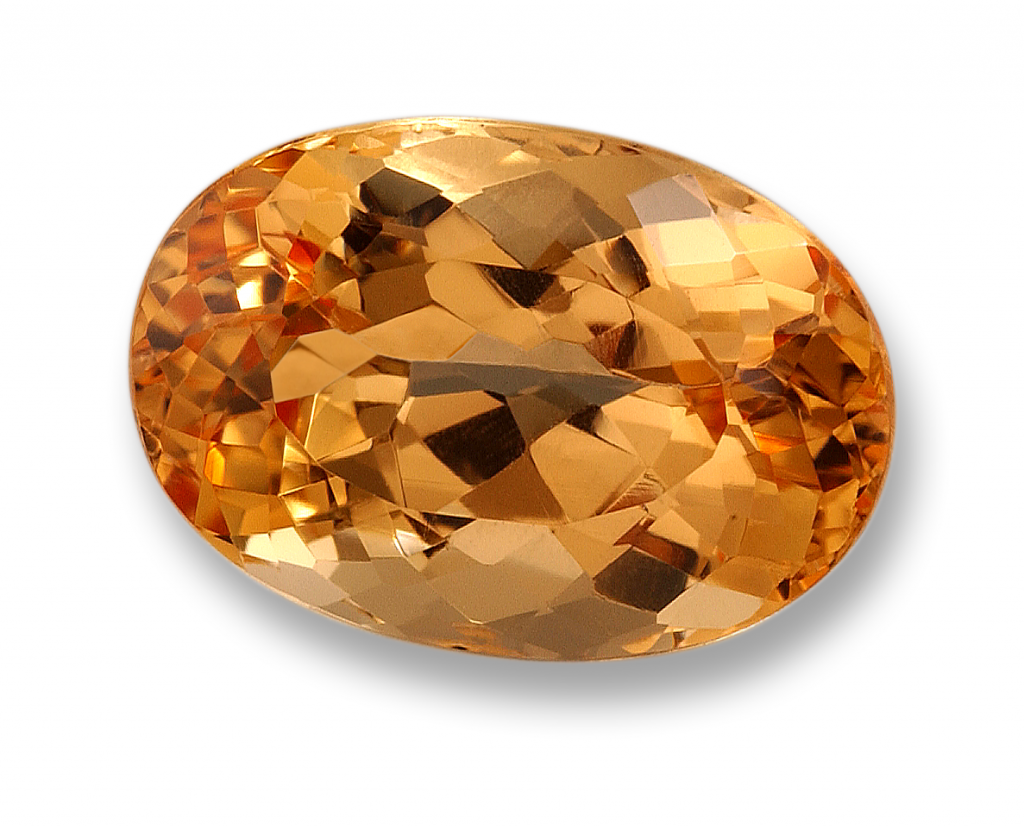
Topaz: Radiant Clarity from Nature’s Furnaces
Topaz, a gemstone of enduring brilliance and clarity, has dazzled humanity since antiquity. Ranging in colour from soft gold to vibrant blue, colourless, pink, and even imperial hues, Topaz is prized both as a gem and for its metaphysical properties. When presented in raw crystal jewellery, Topaz connects us to the earth’s ancient fires—reflecting nature’s capacity for both beauty and transformation.
Geological Profile: Formation, Composition & Sources
Topaz is an aluminium silicate fluoride hydroxide (Al₂SiO₄(F,OH)₂), crystallising in the orthorhombic system. It typically forms large, prismatic crystals, often quadruple-terminated, and can reach impressive sizes—ideal for crystal specimen rings and mineral specimen necklaces.
-
Hardness: 8 on the Mohs scale (ideal for jewellery)
-
Lustre: Vitreous, sometimes adamantine in clarity
-
Colour Variations:
-
Imperial Topaz: golden to intense orange or peach
-
Blue Topaz: from light sky-blue to deep swiss-blue (often heat-treated)
-
Colourless (“white”) Topaz: known for clarity and brilliance
-
Pink/Chrysoberyl Topaz: rare and delicate
-

Primary Sources:
-
Brazil (especially Minas Gerais)—the world’s top producer of imperial and blue Topaz
-
Pakistan (Skardu and Kashmir regions)—known for fine imperial and pink varieties
-
Russia (Ural Mountains)—historical source for imperial Topaz
-
United States (Utah, Texas), Mexico, and Sri Lanka
Raw Topaz crystals—especially those with natural terminations still embedded in host rock—are highly coveted within the mineral specimen jewellery market.
Energetic and Healing Properties
Topaz is associated with the throat, solar plexus, and heart chakras. Its energy signature is uplifting and clarifying:
-
Inner Clarity: Enables clearer thinking and conscious expression
-
Joy & Optimism: Lightens emotional burdens and stimulates happiness
-
Personal Empowerment: Supports the manifestation of intentions and personal strength
-
Soothing Influence: Certain colours (like blue) bring calm and emotional balance
Because of its brilliance and purity, Topaz is often used in manifestation rituals, confidence strengthening practices, or creative visualisation, especially in its raw crystal form which many believe holds stronger natural energy.
Collector’s Appeal: The Unique Beauty of Raw Topaz
Raw Topaz is both visually and spiritually compelling:
-
Prismatic crystals show glowing transparency against host rock
-
Natural terminations add geometry and sparkle to jewellery designs
-
Colour variations—especially imperials and pinks—are rare in raw form and highly valued by collectors
In raw crystal jewellery, Topaz’s natural shapes are often preserved or just lightly faceted to maintain its raw charm. Pieces may be wire-wrapped, bezel-set, or left partially exposed to reveal their origin.
Mythology and Mystique: Topaz Through the Ages
Topaz has held sacred significance across cultures:
-
Ancient Egyptians believed it was coloured by the golden glow of the Sun God Ra—making it a symbol of protection.
-
In Greek mythology, Topaz was said to increase strength and even render the wearer invisible in times of peril.
-
During the Renaissance, Topaz was worn to dispel enchantments and improve mental clarity.
-
In Hindu tradition, Topaz is associated with the throat chakra and is believed to promote long life and intelligence.
These ancient beliefs reflect a universal reverence for Topaz’s light-filled essence and its spiritual symbolism as a beacon of truth and manifestation.
Comparison with Other Crystals
Topaz is often compared to other translucent or brilliant gems, but it holds a distinctive place:
-
Versus Citrine: While both are linked to joy and personal power, Topaz is harder and exhibits more brilliance, making it more suitable for long-term jewellery use.
-
Versus Aquamarine: Blue Topaz is sometimes mistaken for Aquamarine, though it is generally clearer, harder, and more affordable in larger sizes.
-
Versus Quartz: Colourless Topaz may resemble Quartz but is denser, has better fire (light dispersion), and a different crystal structure.
As such, Topaz is an elegant alternative to more expensive gems like diamond or sapphire, particularly in handmade gemstone rings where clarity and colour matter deeply.
Jewellery Applications: Raw, Refined, and Resonant
While faceted Topaz dominates conventional gem markets, its use in raw crystal jewellery has surged. The unpolished, geometric appeal of natural Topaz suits a more grounded aesthetic—particularly in mineral specimen necklaces or crystal specimen rings.
Key styles include:
-
Bezel-set raw Topaz pendants preserving natural terminations
-
Specimen rings featuring uncut Topaz on hammered silver bands
-
Minimalist earrings combining small raw Topaz crystals with contrasting stones like Black Tourmaline or Aquamarine
The appeal lies not only in beauty but in the energy integrity of unaltered crystal—something cherished by spiritual practitioners and collectors alike.

A Subtle Nod to Our Craft
For those seeking jewellery that goes beyond decoration—pieces that echo the Earth's quiet power—raw Topaz is a luminous choice. As part of a growing movement toward mineral specimen jewellery, it blends elegance with intention.
In our own practice at a British studio, each raw Topaz is chosen not only for colour or clarity but for the emotion it evokes—whether in a ring that feels like a talisman or a necklace that centres your voice.